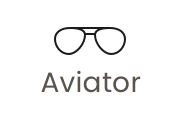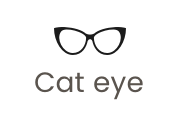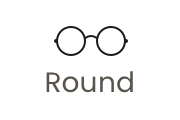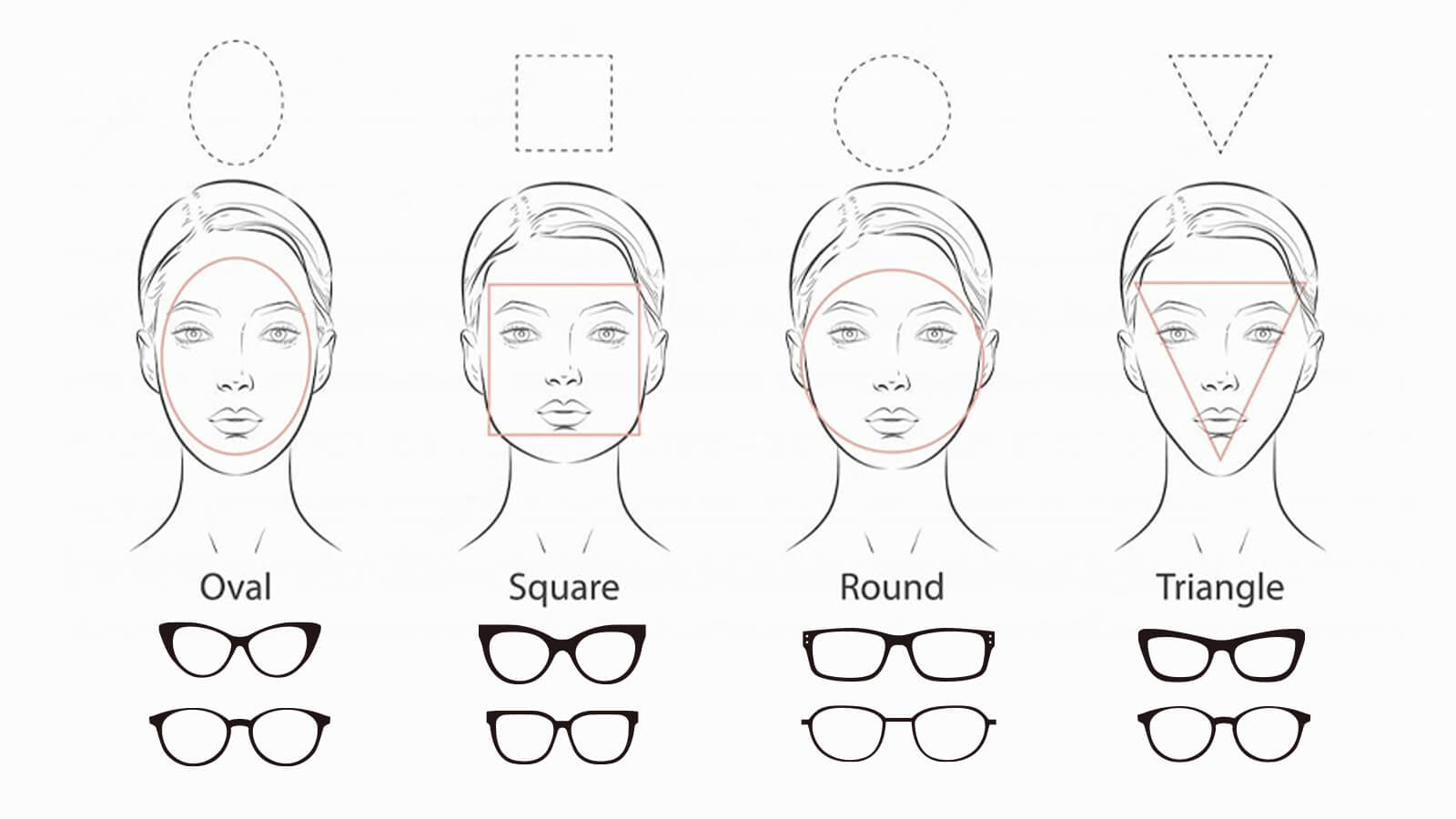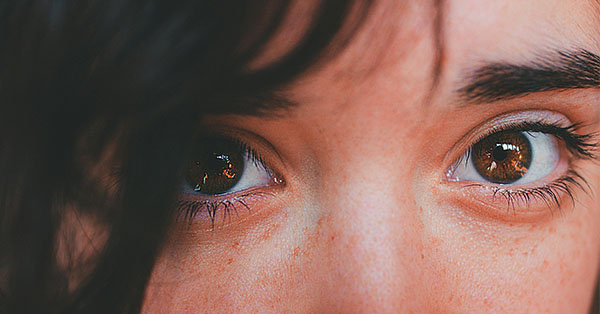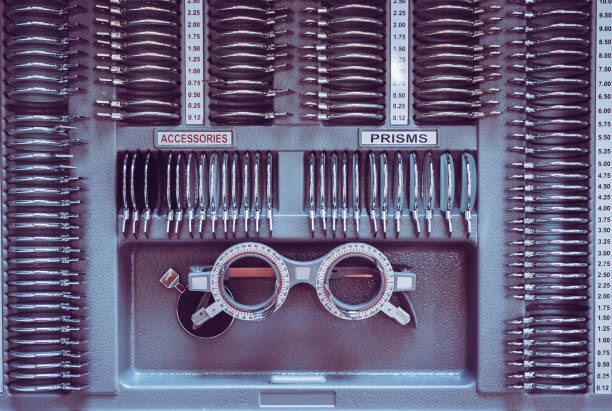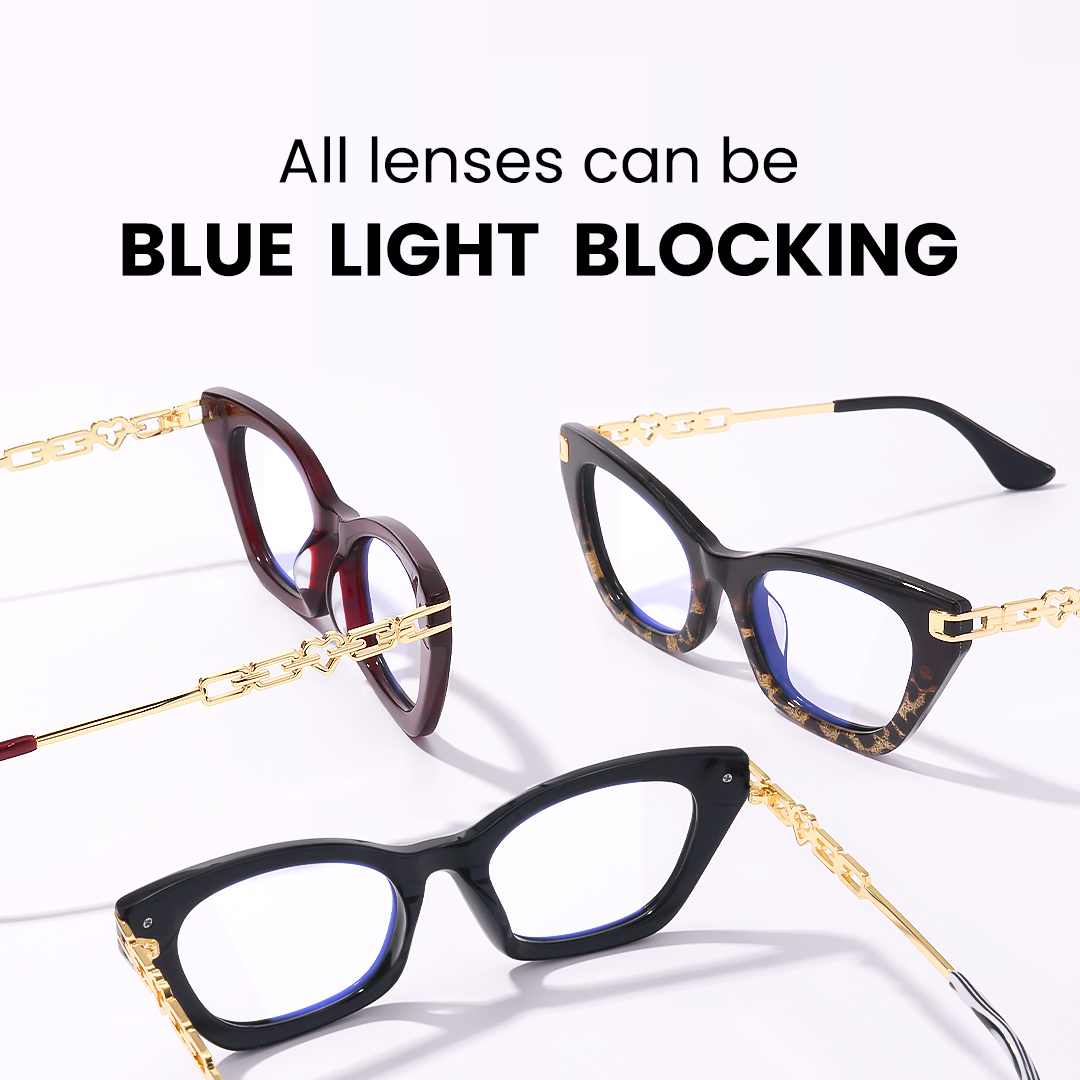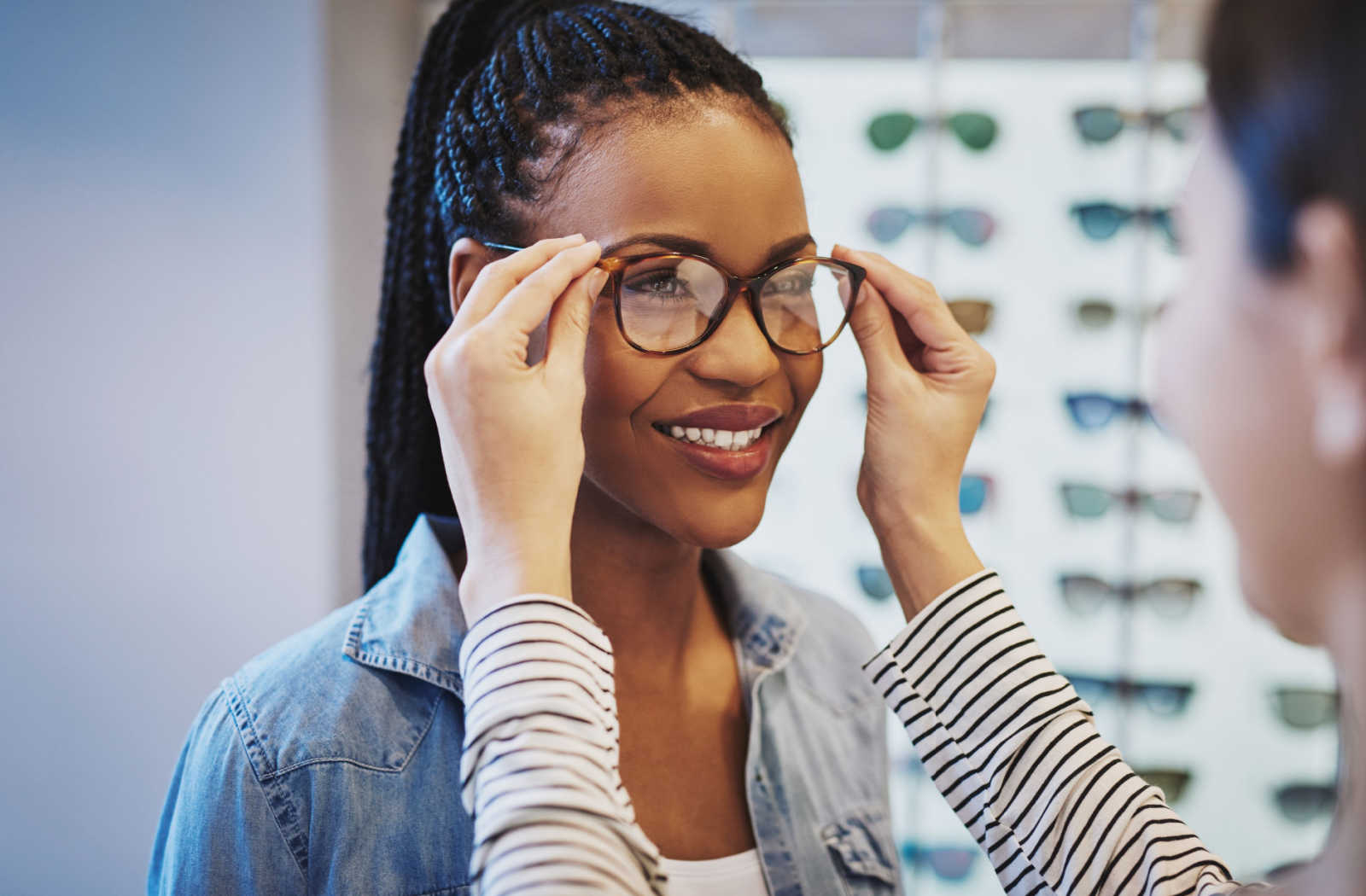
Guide to Picking Glasses That Suit Your Face Shape Perfectly
February 27,2023

What is Boho Style? A Comprehensive Guide to Boho-Chic Fashion
February 13,2025

Virtual Glasses Try On - Find Your Perfect Pair Online
April 02,2024

UV Protection Glasses VS. Blue Light Glasses - Vooglam
July 20,2023

Newest Style Modern Trendy Mens Glasses | Vooglam
March 01,2024

Stylish Reading Glasses: Blending Fashion with Functionality
February 16,2023

What are photochromic lenses & glasses?
September 22,2023

Brown Eyes: The Beauty of the Most Common Hue
September 01,2024

The chubby face glasses for round face female
August 02,2023

What are prisms in eyeglasses?
March 20,2023

What are Bifocal Lenses? - Vooglam
April 14,2023

How to Read Your Eyeglass Prescription?
March 11,2023
What is amblyopia (lazy eye)? Causes, symptoms and treatments
Amblyopia, commonly known as "lazy eye", is actually a visual development disorder. Simply put, even if you wear suitable glasses or contact lenses, the vision of one eye still cannot reach the normal level. This is different from ordinary myopia and hyperopia. The "problem" of amblyopia is actually in the brain - the brain prefers to see things with one eye, and over time, the vision of the other eye will deteriorate.

The biggest feature of amblyopia is that there is no problem with the structure of the eyeball itself, but the brain does not process the images input by the "neglected" eye well. Early detection and timely intervention are very important, which can greatly increase the chances of restoring vision and avoid long-term vision damage.
What are the common causes of amblyopia?
There are three main causes of amblyopia:
Strabismic amblyopia
Strabismus means that the two eyes cannot look in the same direction at the same time. In order to avoid seeing double images, the brain will actively "ignore" the image of one eye. Over time, this eye becomes "lazy" and forms amblyopia.
Anisometropic amblyopia
If the degree of the two eyes is very different, such as one is highly myopic and the other is mildly myopic, or one is hyperopic and the other is normal, the brain will automatically choose the eye that sees more clearly, resulting in the development of the other eye's vision being hindered. This is called anisometropic amblyopia.
Occlusion amblyopia
Some children are born with cataracts, ptosis (drooping eyelids covering the pupil), and other problems, which cause one eye to be "blind" for a long time. The brain does not get clear visual stimulation, which will also make this eye "lazy".

Common symptoms and signals of amblyopia
Amblyopia is often not easy to detect in the early stages, especially when children themselves cannot express it. Parents can pay attention to these signals:
- Poor depth perception: For example, when holding things or pouring water, it is easy to bump into or drop things.
- Squinting or closing one eye to see things: especially in strong light or when you need to concentrate.
- Strabismus: One eye is always "free" or biased to one side.
- Difficulty reading and writing: often misreading, missing words, writing crookedly, or always tilting the head to one side.
Frequent rubbing of eyes and headaches: because it is difficult to see things and easy to get tired. Some children may have amblyopia even if they do not have obvious discomfort, so regular vision screening is important.
How to diagnose amblyopia?
The diagnosis of amblyopia mainly depends on professional ophthalmological examinations. Kindergartens and primary schools will conduct vision screening regularly. If you find that your vision is lower than that of your peers and your eyes are not in the right position, it is recommended to go to the hospital for a detailed ophthalmological examination as soon as possible.

The doctor will test the vision, refraction (myopia, hyperopia, astigmatism) of both eyes, and whether the eye position is normal. He will also use special instruments to evaluate the fundus and eye structure. For young children, doctors have special examination methods, so there is no need to worry about the child's inability to cooperate.
If adults are missed in childhood, they may also find amblyopia in adulthood. Although it is more difficult to treat amblyopia in adulthood, there is still room for improvement under professional guidance.
What are the treatments for amblyopia?
The core of amblyopia treatment is to "let the brain use the lazy eye again". Common methods include:
Wearing appropriate glasses or contact lenses
First correct refractive errors such as myopia, hyperopia, astigmatism, etc., so that the amblyopic eye can see more clearly.
Occlusion therapy (wearing an eye patch)
Use an eye patch to cover the eye with good vision and force the brain to see things with the amblyopic eye. The time of covering every day varies according to age and condition, and is guided by a doctor.
Visual training and eye rehabilitation training
Through professional visual training, the coordination ability, focusing ability and depth perception of the two eyes are improved. The training content includes small games such as tracking, focusing, puzzles, and bead threading.
Surgical treatment
For basic causes such as strabismus, congenital cataracts, and ptosis, surgical correction is required when necessary to create conditions for amblyopia treatment. Surgery itself cannot directly cure amblyopia, but it can solve the "fundamental obstacle".
Daily management and life suggestions for amblyopia
Amblyopia treatment is a long-term process that requires parents and children to persist together. Wear glasses on time, cover as prescribed by the doctor, insist on training, and have regular checkups.
For adults or people with long-term amblyopia, you can protect the eye that is used more often by wearing appropriate prescription glasses on a daily basis, and strive to improve binocular coordination.
Amblyopia not only affects vision, but may also affect learning, sports, and self-confidence in life. Parents should encourage their children more and help them build self-confidence.
Warm reminder: Early detection and early treatment will ensure better vision
The best treatment age for amblyopia is 3-8 years old. The earlier it is discovered and the earlier it is intervened, the greater the hope of recovery. Parents should pay attention to their children's vision screening and seek medical treatment in time if abnormalities are found.
If you suspect that you or your child has amblyopia, don't delay and find a professional ophthalmologist for examination as soon as possible. With scientific treatment and persistent management, most children can achieve significant improvement or even restore normal vision.
Daily eye protection, choosing a pair of suitable glasses and maintaining good eye habits are the first step to protect a clear vision!

Vooglam Blog
Vooglam blog shares professional knowledge about eyeglass frames, lenses, etc., and provides help when purchasing and using eyewear products. At the same time, Vooglam focuses on fashion glasses to interpret the trend of glasses for you.

The Science of Polarized Lenses: How They Improve Clarity and Safety in Snowy Conditions
If you've ever been out on a sunny day in the snow, chances are you know all about snow glare. That painful, sometimes blinding reflection off the bright white of snow isn't just annoying; it can be e
November 26,2025
Don't Spook Your Style: 6 Iconic Halloween Costumes with Glasses
Halloween isn't just about jumping into someone else's skin for a night—it's about finding pieces of yourself you didn't know existed. For those of us who wear glasses daily, the question isn't whethe
October 16,2025
How to Fix a Metal Glasses Arm Hinge: A Step-by-Step Repair Guide
Why Hinge Repairs Are Common—and FixableIf you wear glasses daily, chances are you've dealt with issues related to the hinges on your metal frames. It's one of the most common weak points, and over ti
July 07,2025
How to Pick the Right Low Bridge or High Bridge Glasses for Your Nose Shape
Most people spend a lot of time thinking about the styles, colors, and types of lenses they want in their glasses. But there's one thing that people frequently forget about that can make a big d
July 07,2025







